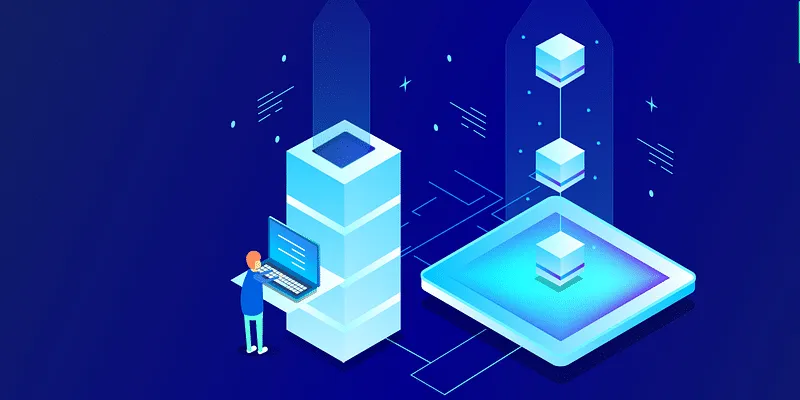Bringing context to the blockchain: MOI’s path to making a more personalised internet
With a context-specific infrastructure for computation, My Own Internet (MOI) and its blockchain are looking to build a personalised network that emulates human interaction to a closer degree than most other chains.
When Anantha Krishnan first explored Bitcoin, he found its network difficult to work around and noticed its foundational limitations. Krishnan noted that Bitcoin’s limited scalability and a lack of focus on user context hindered innovation on the platform.
This is when he took to the drawing board, eventually building out a context-aware Layer-1 network from scratch.
Context awareness refers to the ability of a system to gather information about its environment at any given time and adapt behaviours accordingly.
Since Bitcoin lacked this functionality. Krishnan ended up launching his own project My Own Internet (now known as MOI), a peer-to-peer network that allows users a larger degree of control over their identities, store digital assets and interact with the network.
“All other blockchain models are currently systemic, which means participants are only an attribute and not a foundational dimension of computation. MOI wants to change this,” he says.
“A participant in a blockchain network can be an individual, organisation or machine. We represent them using context, i.e, models to represent them through their behavior, activity and reputation in the network”.
Built under the US-based Web3 startup Sarva Labs, MOI (as of January) claims to have already onboarded over 30,000 users till date, having built a network of over 700 validators.
It has raised $4.5 million in a funding round led by Momentum 6, Brailey Group, and among others. “Our ultimate objective is to create a dynamic, personalised internet that emulates human interaction and puts user-ownership and control at the forefront,” says Krishnan.

Gemini crypto exchange enters India; set to open second largest engineering hub in Gurugram
Bringing context to blockchain
The Web3 startup claims its infrastructure can support millions of nodes and billions of transactions on a single network, without the need for sidechains, shards, or roll-ups.
This support consists of a patented context-specific infrastructure. Through its Interaction State Machine (ISM), it has built a contextual compute machine and participant-centric consensus mechanism for moving Web3 from programmatic and system-centric models to interaction-centric ones.
Simply put, this makes it possible to create an internet that is personalised and emulates human interactions more closely than any other chain, since the ISM provides context awareness at a computational level.
“Blockchains are networks meant to transfer value, and value is not just information, it is also personal. When performing a transaction, the participant has to be a foundational part of the value transfer,” Krishnan adds.
Users are variables, and the technology is only for recognising the user's context, allowing users complete control over their interactions in this digital network.

Unique computing infrastructure
Krishnan believes MOI’s approach is different from that adopted by other Layer-1 networks, like Ethereum, NEAR, Solana, and others. And this stems from the fact that MOI’s computing architecture is fundamentally different from most other blockchain networks.
These other prominent Layer-1 chains comprise nodes that work with each other to validate and execute transaction requests. MOI goes one step further to match and transmit a request to a specific node or set of nodes based on common attributes and context, allowing for more personalisation while using a blockchain app.
MOI’s system enables receipt of several requests, and its state manager identifies common attributes between a specific request and an appropriate node from the pool of available nodes.
Based on at least one such common attribute of each request, it transmits the requests to the identified node for execution.
Referring to the matching of attributes based on context, Krishnan says, “This was a dimension previously not looked at in blockchain. Without this, value transfer can't become human-centric.”
(The copy was updated to correct the number of users.)
Edited by Akanksha Sarma







